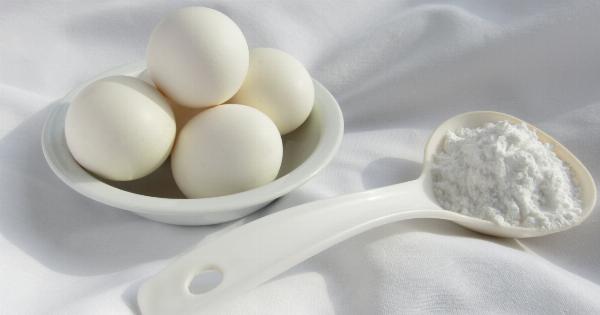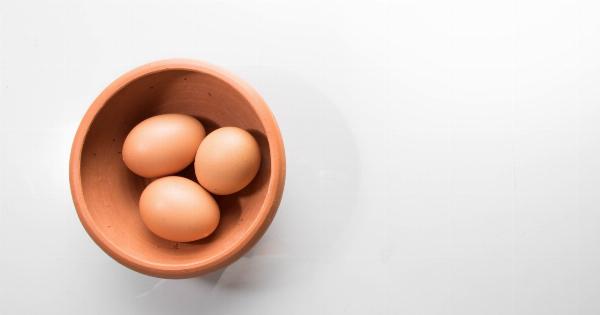Eggs are an essential ingredient in many dishes, but it’s important to know how to tell if an egg is past its prime. Using a bad egg can lead to foodborne illness, which is why it’s essential to learn how to spot the signs.
Read on for ten ways to tell if an egg is past its prime.
1. Check the Expiration Date
The easiest way to determine whether an egg is past its prime is to check the expiration date. The carton should have a sell-by date, which is typically 3-5 weeks after the eggs were packaged. If the date has passed, it’s time to toss the eggs.
2. Do a Float Test
A float test is a straightforward way to check if an egg is past its prime. Fill a glass or bowl with water and gently place the egg inside. If the egg sinks to the bottom and lays flat on its side, it’s fresh.
If it sinks but stands upright or floats, it’s old. Discard any eggs that float.
3. Check for Cracks
If an egg has cracks or fissures, it’s more likely to have gone bad. The cracks provide an entry point for bacteria to enter the eggshell and spoil its contents. Eggs that are cracked should be discarded immediately.
4. Smell the Egg
If an egg has gone bad, you’ll most likely be able to smell it. A rotten egg has a distinct sulfuric smell, similar to that of boiled cabbage or hydrogen sulfide. If your eggs smell bad, they should be thrown out.
5. Inspect the Yolk and White
If an egg is past its prime, the yolk and white will look different than usual. The yolk may become flat and spread out, while the white may become watery and runny.
If you notice any unusual appearance, it’s best to err on the side of caution and discard the egg.
6. Do a Candle Test
A candle test is an effective way to check whether an egg is fresh. Hold a flashlight up to the egg and look through the eggshell. A fresh egg will have a clear-shaped yolk and a thick, opaque white.
An egg that’s past its prime will have a flattened yolk, and the white will be less opaque.
7. Do a Sniff Test
Another way to check if an egg has gone bad is to give it a sniff. Crack the egg into a small bowl and smell it. If it smells strange or off, it’s past its prime and should be discarded.
8. Check for Mold
Check the eggshell for any mold or bacterial growth. If the egg has been exposed to moisture or air, it may develop mold on the outside of the shell. Any eggs with mold should be discarded.
9. Look for Discoloration
If an egg is past its prime, the yolk and white may appear discolored. The yolk may look greenish, while the white may appear yellowed. If you see any discoloration, it’s best to throw the egg out.
10. Consider Storage Time
Finally, consider how long the eggs have been stored. If you’re unsure of the age of the egg, it’s best to err on the side of caution and discard it.
Eggs that have been stored in the refrigerator can last up to five weeks, while those stored at room temperature should be used within a week.






























